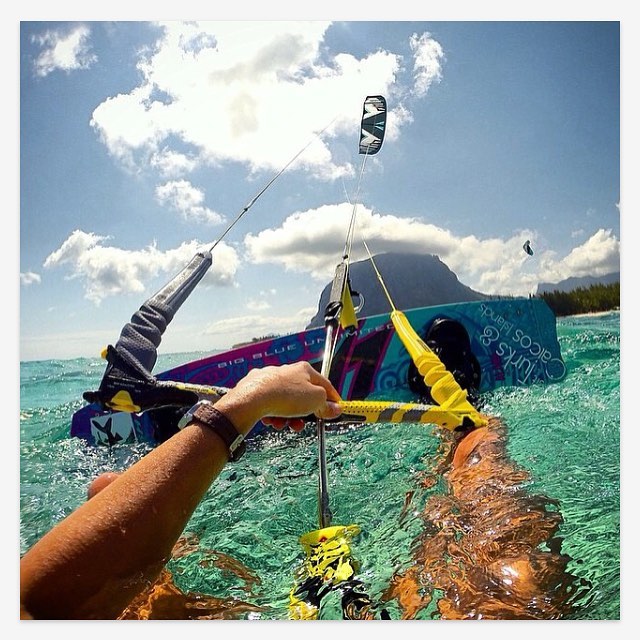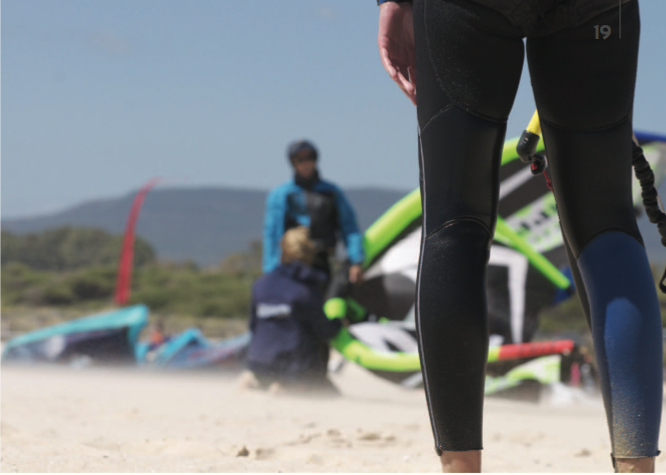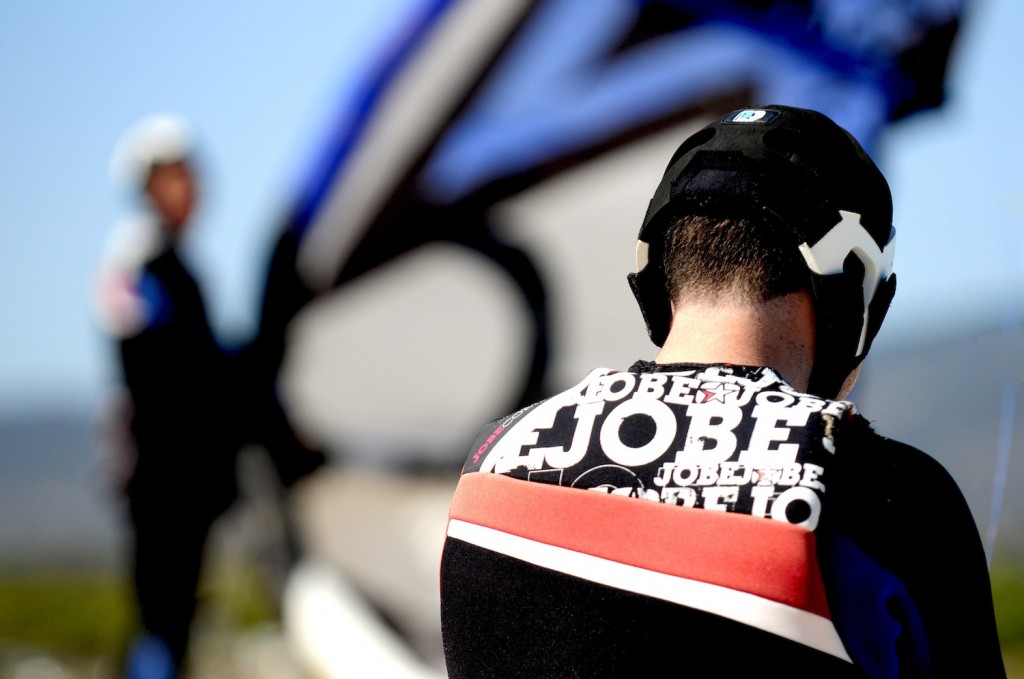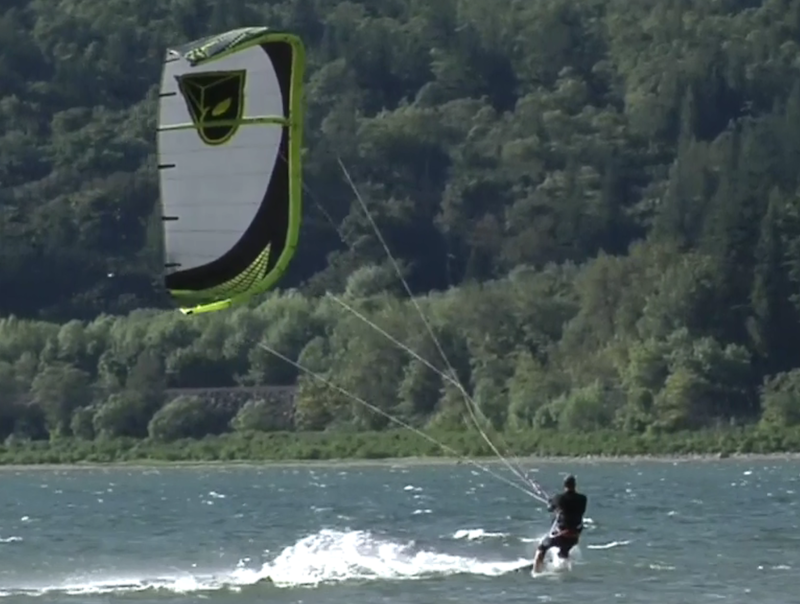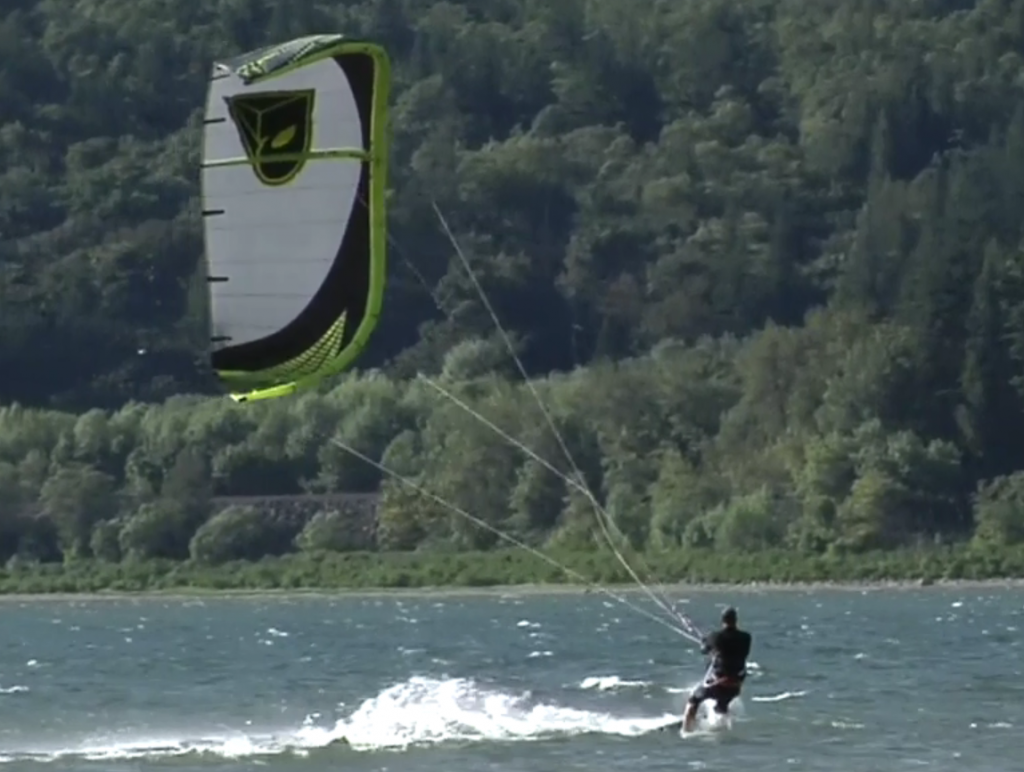Our teaching philosophy here at Tantrum Kitesurf consists of 3 separate elements:
- Total immersion
- Deep practice
- Learning in a peak state
Total Immersion
It is our goal that you are fully confident to take yourself out safely at the end of your stay. Note this does not necessarily mean you will be a kite surfing superstar, more that you have the skills, confidence and most importantly be as safe as you need to be to manage your own progression after this point. Due to skill fade and the fickleness of the wind this is best achieved by Total Immersion, living and breathing kitesurfing during your time with us. You will find that confidence fades quicker than skill however. And so we would urge you as soon as you feel able to take yourself out kitesurfing when you return home.
We Use The Principles of Deep Practice
Deep Practice requires you to purposefully operate at the edge of your ability forcing yourself to screw up, working on your technique, seeking constant critical feedback, and focusing ruthlessly on shoring up weakness.
It is upon this principle more than any other that our entire training is based.
Myelin And Its Role
Every single human movement, thought or feeling is a precisely timed electronic signal travelling through a chain of neurones – a circuit of nerve fibres.
Myelin is the insulation that wraps these nerve fibres and increases signal strength, speed and accuracy.
The more we fore a particular circuit, the more myelin optimises that circuit and the stronger, faster and more fluent our actions and thoughts become.
This then leads us to a new understanding of human talent…Talent isn’t born it is grown.
While certain people may have obvious physical advantages i.e. be taller or stronger there is really no such thing as born talent.
The way we induce the myelin to sheath these nerve circuits is through Deep Practice.
What is Deep Practice?
A great example of Deep Practice is given by Spartak Tennis Club. This club in the last few years has produced more top 20 women players than the entire United States. And for the first 6 months the girls do not even hit a ball! Instead they ruthlessly work on perfecting their stroke by dry practicing in the minutest of detail, micro correcting hand and arm position to the nearest millimetre. Believing that the ball actually screws things up until the girls have perfected their technique in this manner.
Deep Practice Broken Down
The Mega Circuit
See the whole movement as one big chunk. Watch the movement over and over and simply absorb it, then practice the movements even if with no equipment.
The Meta Circuit
Break the action down into its smallest definable parts, memorise these pieces and string them back together again.
How To Use Time Shift
Play with time, slow the action down then speed it up to discover its architecture. Perform it at glacial pace to uncover its sub components.
You’ll also see when we teach the waterstart we use this exact formula to really ingrain the skill. This is also where wake boarding is really useful as we can break this skill down in a controlled environment.
The Ultimate Success Formula Consists Of:
- Pick a target
- Know why you want it – this is your motivation
- Reach for it
- Evaluate the gap between targets and reach
- Re-align and repeat
Learn to feel your own errors and hunger to correct them struggle on the edge of your ability.
We teach You To Learn Through Struggle
“Give a man a fish and you feed him for a day, give a man a net and you feed him and his family for life.”
When you were at school or if you sent your kids to school would you expect the teacher to deliberately give you the wrong answer to a question they had just posed?
In the West we wouldn’t, yet in Japan this is exactly what happens on a regular basis. The reasoning behind this apparent madness is that during the struggle for the correct answer the students expand their own knowledge and ability to work through problems for themselves and thus learn better, deeper and with more flexibility than they would if they were just given the correct answer.
We believe in this Japanese style of teaching whereby the student actually becomes their own teacher and takes responsibility for their own learning because we have found that this style of teaching produces vastly superior results in a much shorter space of time with less skill fade than any other method. So when we’re stood on the beach watching you chase around after the board we’re not being cruel, (no matter how much we may be laughing!!) likewise this is why our instructors do not get into the water to hold you in position or put the board on your feet…it’s you’re lesson and we want you to learn to do these things as being able to ride is no use if you can’t get the board on in the first place.
We have noticed that when using this method a skill takes to slightly longer to grasp initially, but once mastered is much better ingrained, more flexible and less subject to skill fade.
Why Does This Matter?
Especially with the advent of the internet and get rich schemes we have been indoctrinated with the idea of overnight success and instant gratification. Unfortunately this is not how real life works. We believe fully in the the idea of effort and slow progress over natural ability and overnight success.
Something For You To Think About
Those who commit to a skill long-term in their own mind are much more likely to practice and succeed. So ask yourself why are you here?
Your Identity
The brain will do almost anything to be consistent with its identity, this is one of the brains most powerful drivers. Our total immersion courses are designed to help you get into the identity of a kitesurfer. While you’re here nurture this idea and allow yourself to feel the vibe and be drawn into the lifestyle.
If you can change your identity to include the statement “I am a kite surfer” then you instantly associate and align your entire mind and body with that identity. As we’ve said the brain will do almost anything to ensure its identity is not betrayed. That alone is often enough to make the difference between someone who learns to kite surf and someone who merely doubles.
Managing Expectations
The internet sells the idea of a 3 day kitesurfing course and you’ll be up and riding and independent. This in the vast majority of cases simply isn’t true. While this is possible in perfect conditions 3 days simply does not allow the student to gain the depth of knowledge or ability to adapt to ever changing conditions that are so essential to be able to kitesurf safely.
While I’m sure you’ve all been sold on the idea of a three-hour course that will turn you into a kite surfing superstar unfortunately this simply isn’t the case. Yes there are places in the world where you can go on flat water lagoons with waist deep water where you can be up and riding in 3 days.
For example we get a lot of people who have learnt in places where the water is flat and who in those conditions can ride well, a lot of them struggle to body drag here…if that’s you it’s not a criticism. Tarifa is a tough place to learn and we make no bones about it, but you learn here and you can take those skills anywhere in the world. Simply put, you learn in Tarifa you learn once!
What we aim for is to teach people independence so that when you leave you can take your own kite down to your local beach and go out on your own.
The Power Of Focus
Learning any new skill is frustrating but as humans have the knack of focussing on what we can’t do or what we’ve still to learn, rather than what they have already learnt. This is especially true during your time here where you can feel you have a mountain to climb and are walking backwards. Like Yoda…learn to control your focus, the good and the bad are always there…which will you choose to focus on?
Learning to kite surf can be very frustrating, as there is a huge amount to coordinate and we have no control over the elements. Your focus will govern your state of mind. Focus on the fact you’ve been here for 3 days and you’re still not riding and your mindset will drop, if you instead focus on all the things you have learned you will be able to keep a positive attitude going forward.
Why Is This Important? The Power of Peak State
Your brain is simply a lump of meat until it is activated.
The most powerful way of activating it is to put yourself into a peak state.
The peak state is one where you feel any emotion intensely in our case a positive emotion.
This is where things get a little American…so forgive us , but it works!! The best way to put yourself in a peak state is to celebrate. Any way of celebrating your victories, even the small ones will keep you in that peak state. The best way to do this is by engaging your body so solo high-fives, pats on the back and the ultimate…the ass grind. Obviously we’re British (well some of us are) and just don’t do these sort of things…so if you’re uncomfortable with doing the grind in public view on the beach simply celebrate in your mind…even by pretending your grinding your brain will stay activated.
Our instructors will do everything they can to keep you in a peak state throughout the learning experience however the responsibility for this ultimately comes down to you and if you feel yourself in a place where you just can’t see the positive and don’t seem to be getting any better, it is probably best to take yourself off 10 min attempts to realign or run some pattern interrupts.
What Are Pattern Interrupts?
To break a pattern of negative thought the best way is to run a pattern interrupt. Simply jolt your mentality out of its current state and replace it with a new one. An easy way to do this is to change your physiology massively, jump up and down, run around, pull a stupid face, stick your finger up your nose and do a silly dance…anything that jolts you out of your current pattern of thought and shocks your brain into a different state where you can implant a new more useful state. This is a great tool during your training especially when you start to feel negative about your progress or just get frustrated in general.

